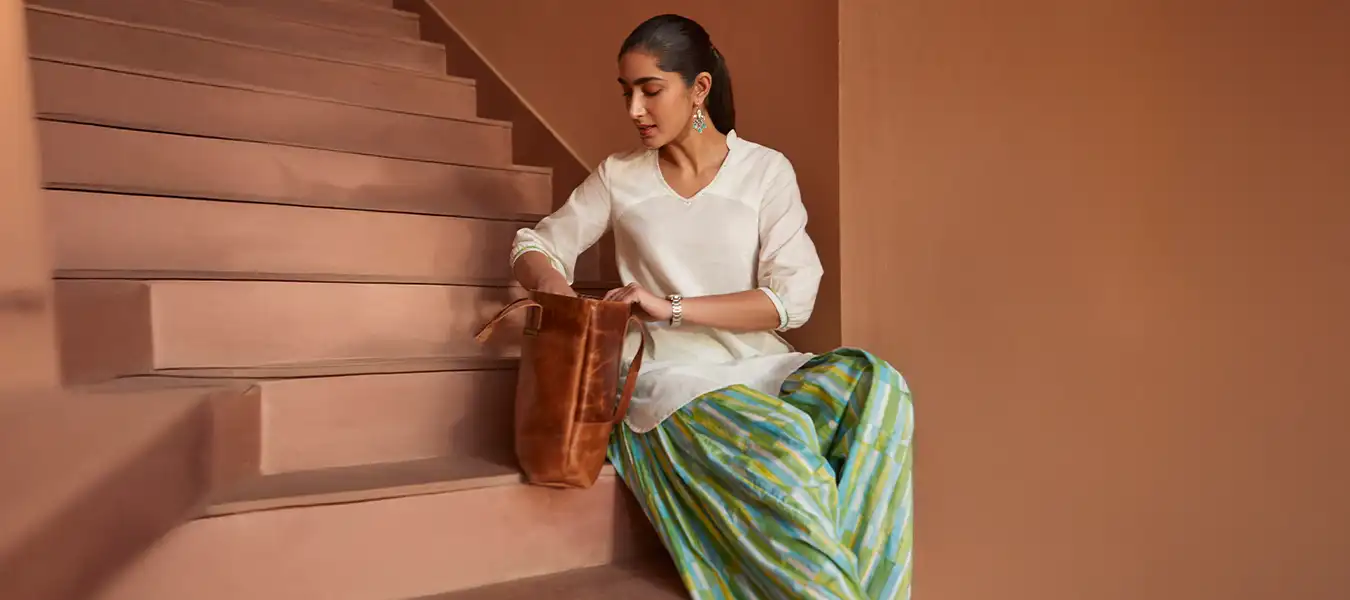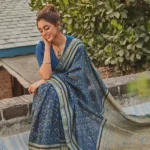When it comes to women’s bottom wear, there’s an incredible variety of options available today- from traditional to contemporary styles. Among the most popular choices are women’s salwars and women’s palazzos. Both are comfortable, stylish, and versatile, but they cater to different fashion preferences and occasions. Whether you’re dressing up for a festive function or opting for everyday elegance, understanding the key differences and similarities between salwars and palazzos can help you make a more informed style choice.
Let’s break it down.
Similarities between Salwars and Palazzos
1. Comfort First
Both women’s salwars and women’s palazzos are designed for comfort. They allow ease of movement and breathability, making them ideal for daily wear as well as special occasions. Made mostly from soft, breathable fabrics like cotton, rayon, or linen, they’re perfect for Indian weather.
2. Versatile Pairing
Whether you’re styling them with kurtas, tunics, or fusion tops, both salwars and palazzos offer ample pairing possibilities. From long kurtas to short tops and ethnic jackets, these women’s ethnic lowers and women’s western lowers fit seamlessly into a range of outfits.
3. Occasion Friendly
Salwars and palazzos can be dressed up or down depending on the fabric and styling. Embroidered pieces work well for festive occasions, while solid, simple ones are ideal for everyday office wear or casual outings.


Differences between Salwars and Palazzos
1. Silhouette and Fit
Women’s salwars typically have a gathered waist and taper towards the ankles, creating a loose fit around the thighs and a narrow look at the bottom. They offer a more traditional silhouette and are often paired with kameez or long kurtas.
On the other hand, women’s palazzos are known for their straight, wide-leg cut that flows evenly from the waist down. The silhouette is more modern, giving it a chic and breezy look, making them a popular choice for contemporary outfits.
2. Cultural Roots
Salwars have deep roots in South Asian culture and have been a staple in Indian fashion for centuries. They carry a timeless ethnic charm and are often worn for religious and ceremonial events.
Palazzos, although now adapted into Indian fashion, originally hail from Western fashion. However, over time, they’ve been Indianised with ethnic prints, embroidery, and designs, becoming a key piece in the women’s ethnic lowers category.
3. Styling Aesthetics
Salwars provide a more traditional and graceful aesthetic. They often come with pleats and are paired with dupattas for a complete ethnic look. In contrast, women’s palazzos add a bold and stylish flair to the outfit. They are easier to style with women’s western lowers like shirts or crop tops, especially when creating a fusion ensemble.
4. Fabric Flow and Appearance
While salwars tend to gather at the waist and taper down, creating a more textured and fitted appearance, palazzos flow freely, creating a sleek and airy silhouette that’s both flattering and fashion-forward.


The Verdict: Which One to Choose?
The choice between women’s salwars and women’s palazzos depends on your personal style and the occasion. If you’re going for a classic ethnic look, salwars are a great pick. But if you want something modern yet rooted in tradition, women’s palazzos are your best bet. The good news? You don’t have to choose — both deserve a spot in your wardrobe.
Explore the stunning range of women’s salwars and palazzos from Fabindia, where timeless tradition meets modern design. Whether you’re looking for elegant women’s ethnic lowers or stylish women’s western lowers, Fabindia has something for every mood, moment, and outfit.




